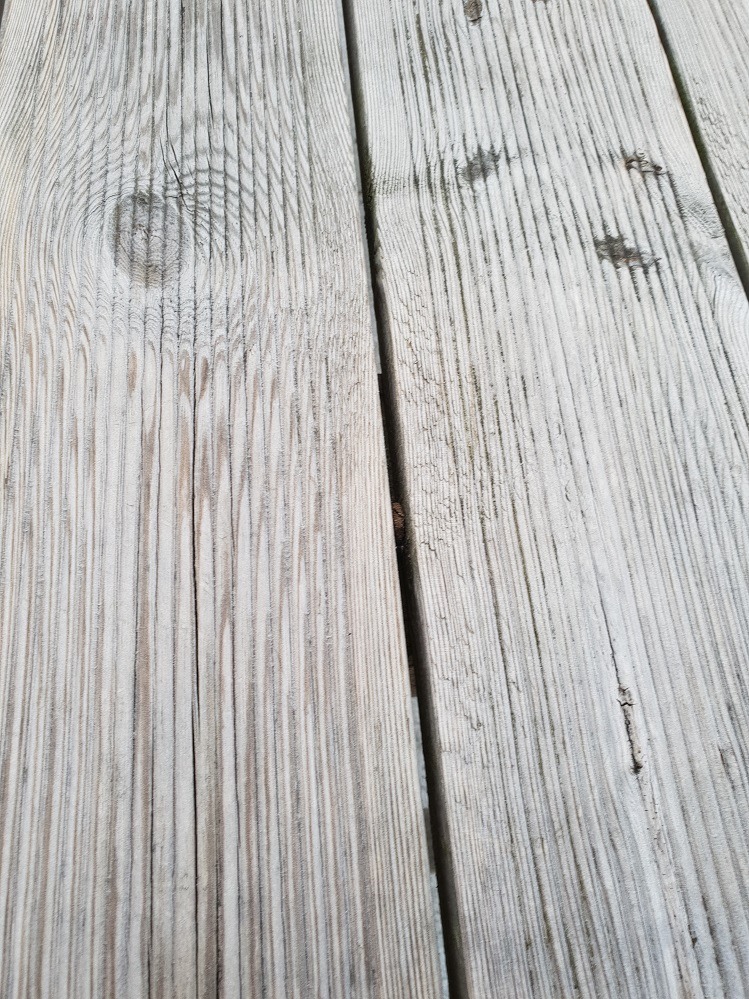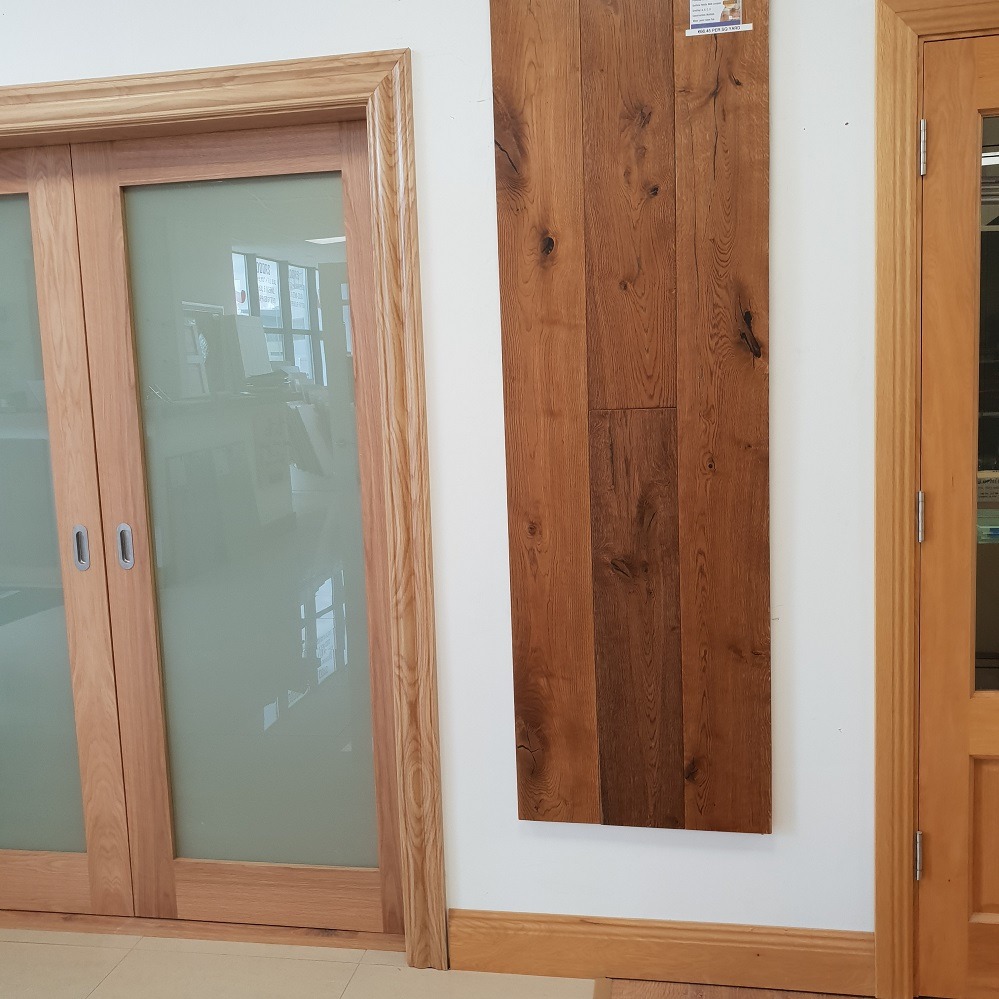Internal doors, Oak doors changing colour over time!
Before we start this little investigation, we need to understand a few properties of wood that will effect the timber colour over time.
The colour of timber is caused by natural pigments. This is defined by a group of chemicals known as quinones and polyphenolic compounds. Quinones are the true pigments, as the polyphenolic compounds are clear. However they can become important over time, as will be discussed later.
All timber contains what are generally referred to as “extractives”. Extractives have been discussed earlier in a few previous articles, but are the pigments, tannins, and other resins. They can be ‘extracted’ with a solvent such as water or mineral turpentine, hence the name.
Another key component of timber that can effect it’s change of color over time is lignin. Lignin is the glue that holds the timber fibre together. It is the most important structural component of timber.
Weathering is the biggest single, and most important cause of discolouration. There are two main mechanisms behind this:
Exposure to rain bleeds out the extractives, including the natural pigments (quinones). This process lightens the colour of wood.
Exposure to UV breaks down the lignin into simple sugars. These sugars act as a food source for moulds, which can be dark and blotchy in appearance. But in situations where they are controlled, such as in dry or coastal climates, they don’t develop fully so turn the timber a silver-grey.

When it comes to Oak Timber, it starts to turn a yellow to golden colour over a number of year this is mainly due to UV exposure.












